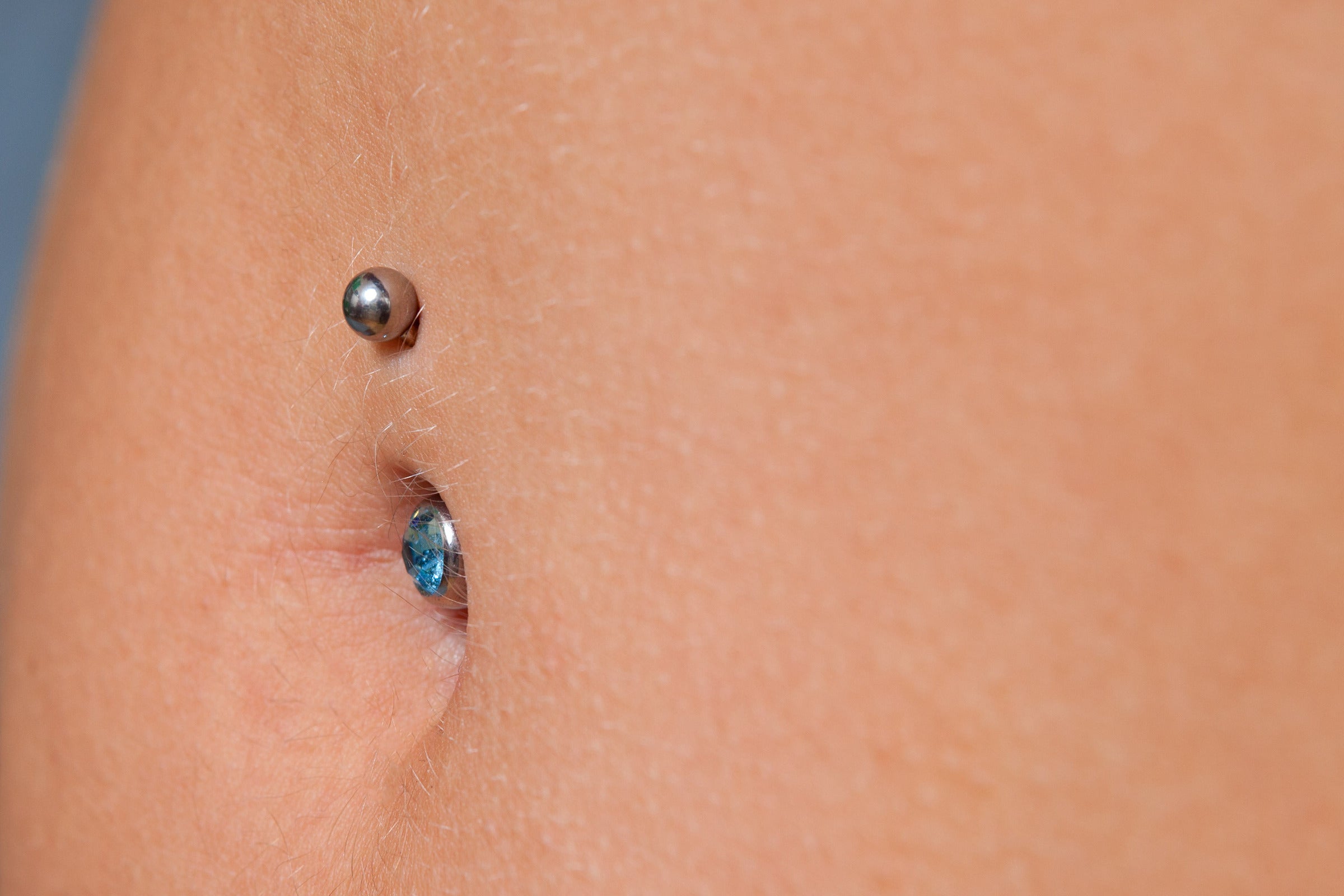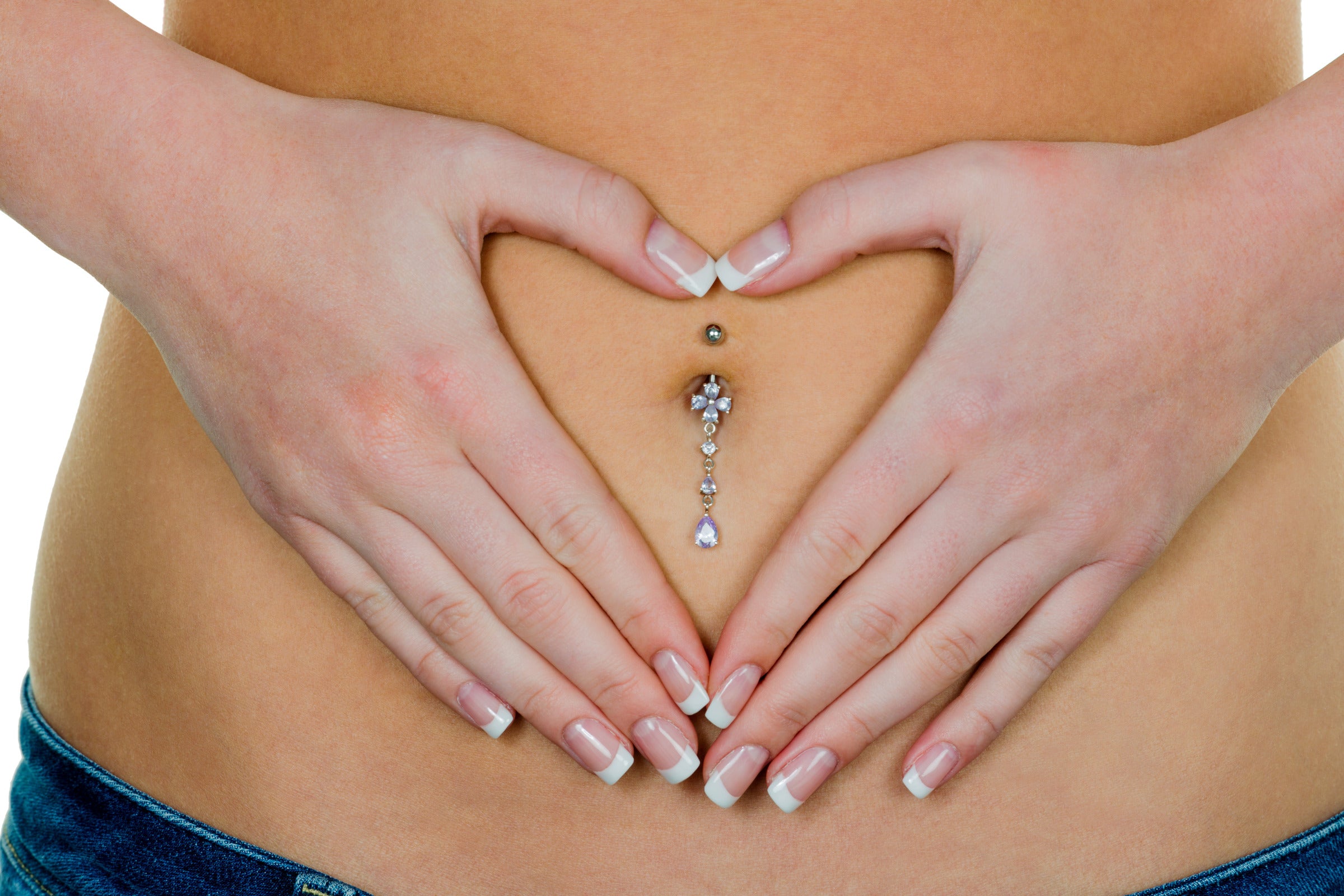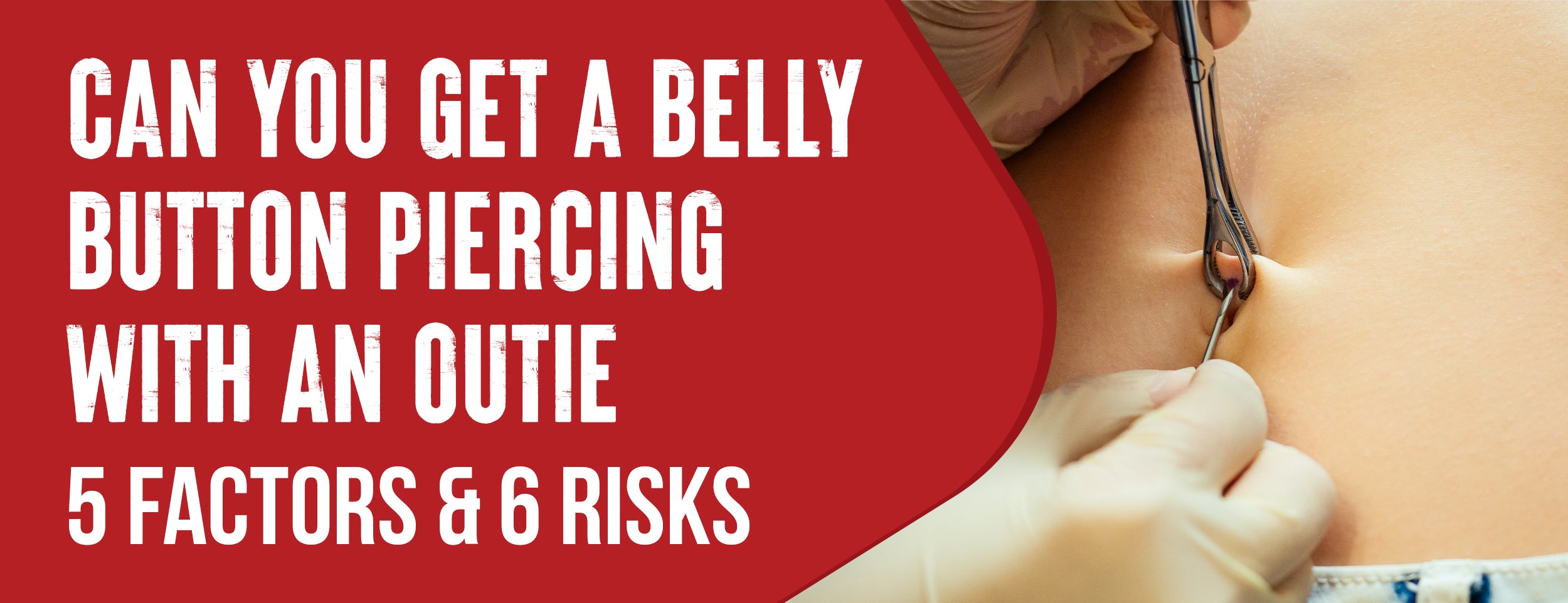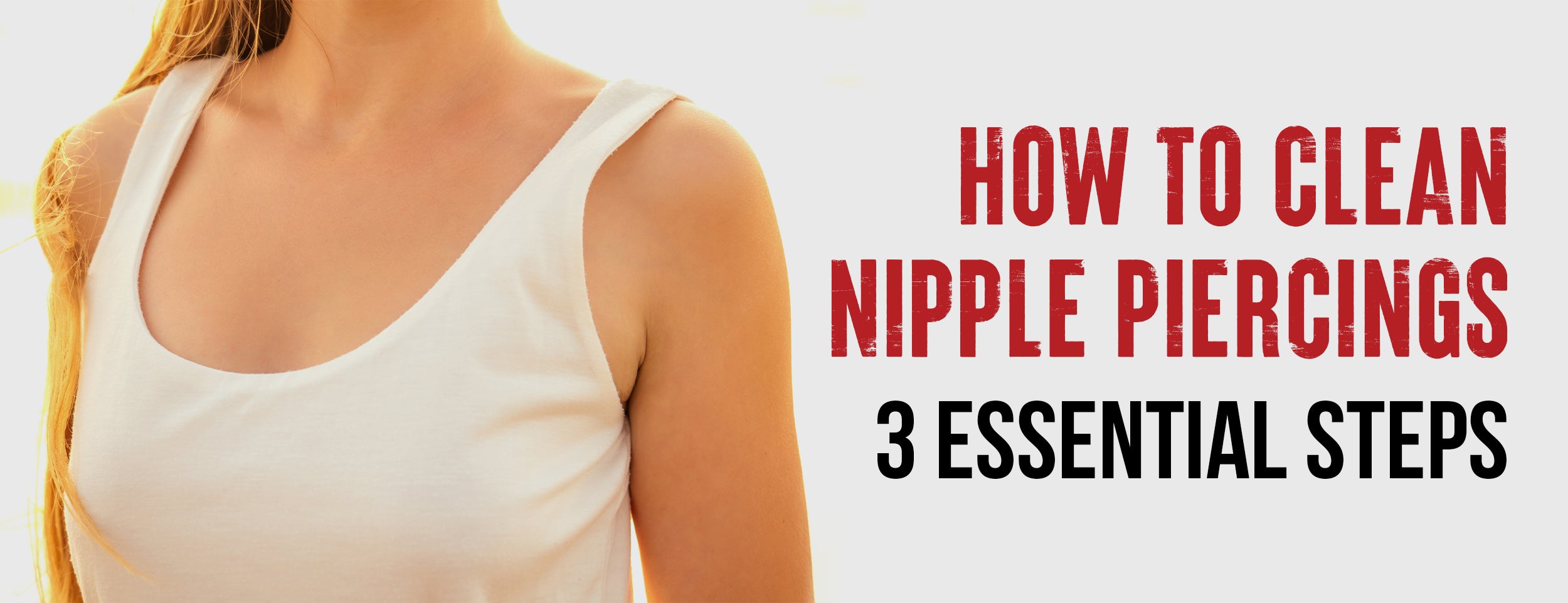Rejection of a piercing can be a frustrating experience. However, unless there is a severe infection, there is no danger. The best action is to prevent the jewelry from pushing through the skin's surface to avoid scarring.
With piercing rejection, the inflammation moves the piercing toward the skin's surface and can even cause it to perforate out of the skin.
If your belly button piercing is rejected, the first thing to do is take it out to prevent further damage. Then, consult with a qualified piercer for advice. You could try a new piece of jewelry in a different size, gauge, shape, or material. Opt for a nonirritating plastic ring or bar.
This blog post will explain ways to fix a rejected belly button piercing.
How To Fix A Rejecting Belly Button Piercing: 11 To-Do List

Belly button piercings are a popular form of body art that can enhance personal style. However, the body may sometimes reject a belly button piercing, leading to discomfort and other complications. This guide will provide essential steps to address a rejecting belly button piercing.
Recognize the Signs
The first step to fixing a rejecting belly button piercing is recognizing the signs. Your body may naturally react to foreign objects, including piercings. It might try to push the jewelry out of the skin, similar to how it deals with a splinter. This process is known as 'rejection.
Some of the common signs of a rejecting piercing include redness, swelling, and discomfort around the pierced area. You may also notice the piercing hole getting more extensive or the jewelry moving closer to the skin's surface. If you see these signs, taking action immediately is crucial to prevent further complications.

Remove the Jewelry
Once you've identified the signs of rejection, the next step is to remove the jewelry. This might seem counterintuitive, especially if you like your belly button piercing. However, leaving the jewelry in could lead to scarring and other skin issues.
Before removing the jewelry, make sure your hands are clean. Use a saline solution or warm water with mild soap to cleanse the area. Then, gently remove the jewelry. If you encounter resistance or severe pain, stop and seek professional help. Never force the jewelry out, as this can cause more harm than good.
Change the Jewelry
If your body rejects the piercing, the problem might be with the jewelry itself. Some people are sensitive to certain materials like nickel or brass. Changing the jewelry to a hypoallergenic material like surgical steel, titanium, or gold can help.
When choosing new jewelry, consider its size and weight as well. Heavy or oversized jewelry can additionally pressure the belly button piercing, increasing the chances of rejection. Opt for lightweight, smaller pieces until the piercing is fully healed.
Opt for Non-Irritating Materials

As mentioned, certain materials irritate the skin and make your body reject the belly button piercing. Always opt for non-irritating, hypoallergenic materials. Surgical steel, titanium, and gold are safe choices. Avoid jewelry with sharp edges or irregular shapes, which damage the skin and delay healing.
Wait Before Re-Piercing
If you've taken out a piercing because of rejection, it's essential to refrain from re-piercing immediately. Doing so can lead to complications such as infection and scarring. It's best to wait a while before getting re-pierced to ensure proper tissue healing. This will help prevent further issues and ensure the piercing is successful the second time.
The waiting period depends on individual healing rates, but you should wait at least a few months before considering re-piercing. During this time, monitor the area for signs of infection, like pus or persistent redness.

Maintain Good Hygiene
Maintaining good hygiene is essential in preventing piercing rejection. This includes washing your hands before touching the piercing and cleaning the pierced area daily with a saline solution. Avoid swimming in public pools or hot tubs, as these can harbor bacteria that could infect the piercing.
Remember, a fresh piercing is an open wound. Treat it with the same care as any other wound to prevent infection and promote healing.
Area Moisturized
Proper hydration is critical to efficient recovery. Applying a thick ointment like petroleum jelly can aid in moisturizing the skin around the belly button piercing. However, ensure you're not allergic to the product you choose to use. Stop using it immediately and consult a professional if you notice any adverse reactions.
Warm Compresses for Comfort
it's essential to recognize the signs, remove the jewelry, change to hypoallergenic materials, and wait before re-piercing. Maintaining good hygiene and following aftercare instructions are crucial in preventing piercing rejection. You should give your body time to heal and try a fresh piece of jewelry your body might accept.
Shift to Suitable Jewelry

Sometimes, your body might reject a belly button piercing because of the type of jewelry used. It could be because of the material or the shape of the jewelry. If you suspect this might be the case, consult your piercer about switching to a fresh piece. They can advise on options like thicker-gauge jewelry or hypoallergenic materials that might be more acceptable to your body.
Avoid DIY Treatments
It's essential to resist the urge to take matters into your own hands when dealing with piercing rejection. Applying bandages or coverings to the area may seem like a quick fix, but it can ultimately hinder the healing process and won't prevent the belly button piercing from falling out. It's best to consult with a professional piercer or healthcare provider if you experience any issues with your piercing.
Follow Aftercare Instructions
Always follow the aftercare instructions provided by your piercing professional. These instructions help your piercing heal properly and prevent complications. They typically include cleaning guidelines, what to avoid (like certain activities or clothing), and signs of complications to watch for.

Conclusion
Sometimes, our bodies decide they're not cool with exactly where we've chosen to decorate. Dealing with a rejected belly button piercing can be frustrating, but it's far from the end of the world. Permanently remove the jewelry when signs of rejection appear, consult a professional for advice, and consider trying different jewelry.
Most importantly, ensure you practice good hygiene and make aftercare your best companion. Don't lose heart if you've had to remove your piercing because of rejection.
Allow your body to heal, take it easy, and when it's ready, get back out there and express yourself in the way you love best. After all, your body is a canvas, and you are the artist.













